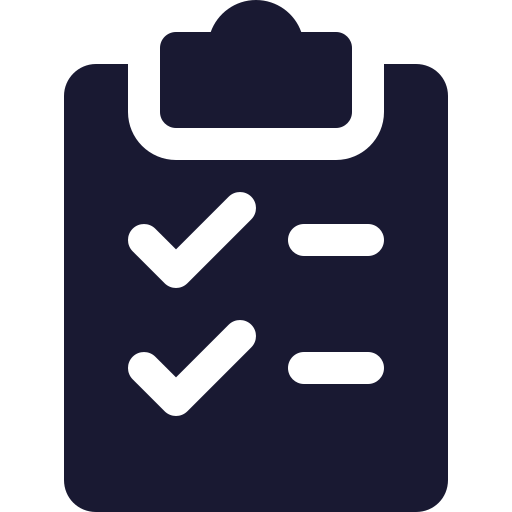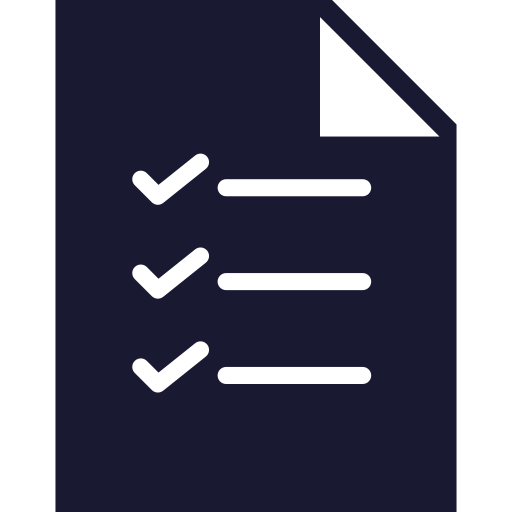BRRRR Method – A Real Estate Professional’s Thoughts
BRRRR Method – A Real Estate Professional’s Thoughts. We invited Logan Freeman – Founder and CEO of LiveFree Investments to write us a guest post explaining the BRRRR method of real estate investing.
Introduction to BRRRR Method
What is the BRRRR Method?
If you’ve been around the real estate investing world long enough, you’re likely familiar with Bigger Pockets, which is arguably the largest platform of real estate investors and resources. And if you are familiar with Bigger Pockets, odds are you’ve heard of the BRRRR method, which is Brandon Turner’s coined term for the strategy of Buy, Rehab, Rent, Refinance, Repeat. The BRRRR method is quickly becoming one of the most popularly practiced strategies for investors in SFR’s and small multifamily buildings. The BRRRR method is appealing because it offers an alternative to the traditional method of making a large (20%+) down payment and spending as little as possible to get the property move-in ready. Essentially, BRRRR method works like this:
- Buy: buy homes selling for under market value, preferably with cash to avoid financing
- Rehab: add value to the property by forcing appreciation or building equity by improving the property
- Rent: and immediately start collecting cash flow. *This cash flow is higher than with the traditional method because there isn’t yet a mortgage on the property
- Refinance: the amount refinanced is based on the value of the property after is has been fixed up, or After Repair Value (ARV).
- This is the key factor that sets the BRRRR method apart from the traditional method. Because you are financing last (instead of up front), you get more of your capital out of the project to then use to reinvest in other properties.
- Repeat: once you have an ideal strategy and team in place, rinse and repeat to scale up your operation.
An example of the BRRRR method:
- Purchase price: $52,000 (buy with cash)
- Rehab cost = $32,000
- Total cost for buyer = $84,000
- Closing costs: seller paid
- ARV = $110,000
- Rent = $1,000
4 months after owning this property, the owner refinances the property with a bank that let him borrow 75% of the appraised value (the ARV), or .75($110,000) = $82,500. After closing costs you have about $77,500 of net capital recovered to then use towards your next purchase.
Live Free Investors Thoughts on the BRRRR Method
At LiveFree Investors, we have successfully completed over 200 BRRRR transactions for our investors buying residential properties. Recently, however, a new concept of the BRRRR method is being applied to commercial properties.
In our market, in Kansas City, SFR home prices have only continued to climb in the 80-130k price range making it harder to find subject properties to BRRRR. While it is possible to BRRRR these more expensive residential properties, the level of effort that it takes to find one of these properties has become increasingly more difficult. As an investment property specialist and investor myself, I started to search for a new model that would allow us to provide our investors a healthy return while being able to return their capital. I believe I have found it in the asset class of commercial properties. And while there may be a higher barrier of entry, this often means lower competition.
Specifics on the BRRRR Method
Here’s an example of a BRRRR’d commercial deal:
Mixed use building – commercial and event space (with potential residential in basement)
Purchase price – $282K
Loan – $253K
Closing costs – $500
Rehab – $50K
Carrying costs – $5K
Broker fees (for tenants) – $5K
Initial costs – $95K
Refinancing costs
Appraisal – $2,500
Loan fees – $3K
Total costs – $101K
Monthly rent – $4,500
*Cash back from refinance – $68K
Cash out of pocket – $33K
After deducting monthly operating expenses and utilities, this commercial property would net around $1,000 in monthly cash flow and result in around $100K in equity after the refinance. You can see the principles are the same in BRRRRing commercial and residential properties: buy a distressed property below market value; rehab it; get it fully occupied at market rent; refinance; and repeat with your recovered capital. When you don’t let yourself become intimidated by much larger numbers, you stand to invest more and make more in the end.
Some pros to BRRRRing commercial properties:
- You can lease unfinished spaces for storage while you rehab
- Unlike residential properties, you can prioritize your rehab (i.e. you don’t necessarily need to make the entire property functional at the onset)
- Choice to implement NNN lease for more turnkey properties. This type of lease can
- (1) ensure a more predictable, long term revenue stream, and (2) limit landlord management requirement
Some cons to BRRRRing commercial properties:
- You have a much larger scale of plumbing, heating, and electrical systems to maintain than in residential properties. Do your due diligence up front!
- If leasing a single-tenant property, vacancy can quickly eat away at profits. Finding properties that offer a diverse leasing strategy of commercial, residential, storage space, etc. can protect you from vacancy losses.
- Commercial properties typically require more construction permits which will increase your rehab timetable
- It may take more diligent searching to find a lender with an “appetite” to finance your commercial loan
All in all, BRRRRing commercial properties are much like BRRRRing residential properties, just on a much larger scale and with some nuances when it comes to financing. But when these principles are applied in a prudent fashion, you just may land the deal of a lifetime!
Logan Freeman is Founder and CEO of LiveFree Investments. Logan has facilitated over $75MM in real estate transactions. Logan has found his niche in the real estate industry acting as an investment property specialist and working with local and out-of-state investors to acquire investment property in the Greater Kansas City market. Logan is particularly adept at sourcing off-market properties, with more than 50% of his completed transactions involving off market properties. Logan is an advocate for affordable housing and works closely with many organizations in helping to end homelessness in Kansas City. Understanding how to “do well by doing good” is Logan’s motto and has made it his “why” for doing business.
Logan holds a master’s degree in Business Administration from the University of Central Missouri. We thank him for sharing his thoughts on the BRRRR Method!
Here at PhysicianEstate, we welcome all physician entrepreneurs to learn about commercial real estate investments, rental property investments, and wealth generation. We encourage all physicians to eventually become real estate physician investors. We know a great deal about Who – What – Why – How.
Stay in touch with us by signing up for our newsletter. The newsletter will keep you up to speed on the current real estate investments we are looking at, provide physicians with investment opportunities, and much more.
Legal Disclaimer: This is not investment advice. I am not a legal and/or investment advisor. This is my personal blog, and all information found here, including any ideas, opinions, views, predictions, forecasts, commentaries, suggestions, or stock picks, expressed or implied herein, are for informational, entertainment or educational purposes only and should not be construed as personal investment advice. These are my views, it is not a production of my employer, nor is it affiliated with any broker/dealer or registered investment advisor. While the information provided is believed to be accurate, it may include errors or inaccuracies. To the maximum extent permitted by law, PhysicianEstate disclaims any and all liability in the event any information, commentary, analysis, opinions, advice and/or recommendations prove to be inaccurate, incomplete or unreliable, or result in any investment or other losses. You should consult with an attorney or other professional to determine what may be best for your individual needs. Your use of the information on the website or materials linked from the Web is at your own risk.



















